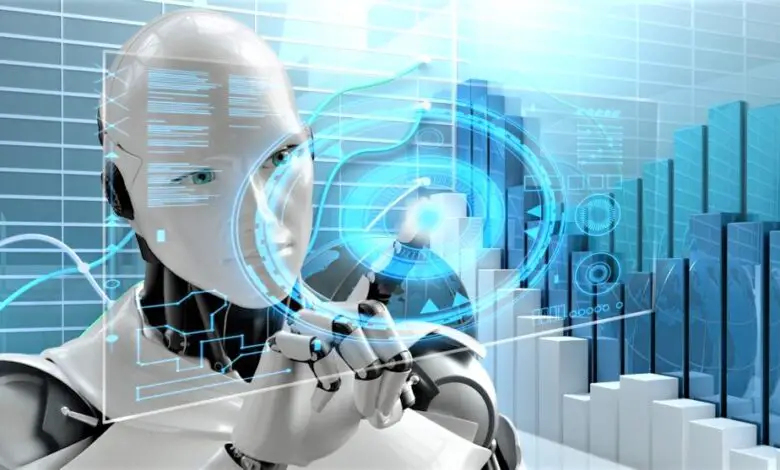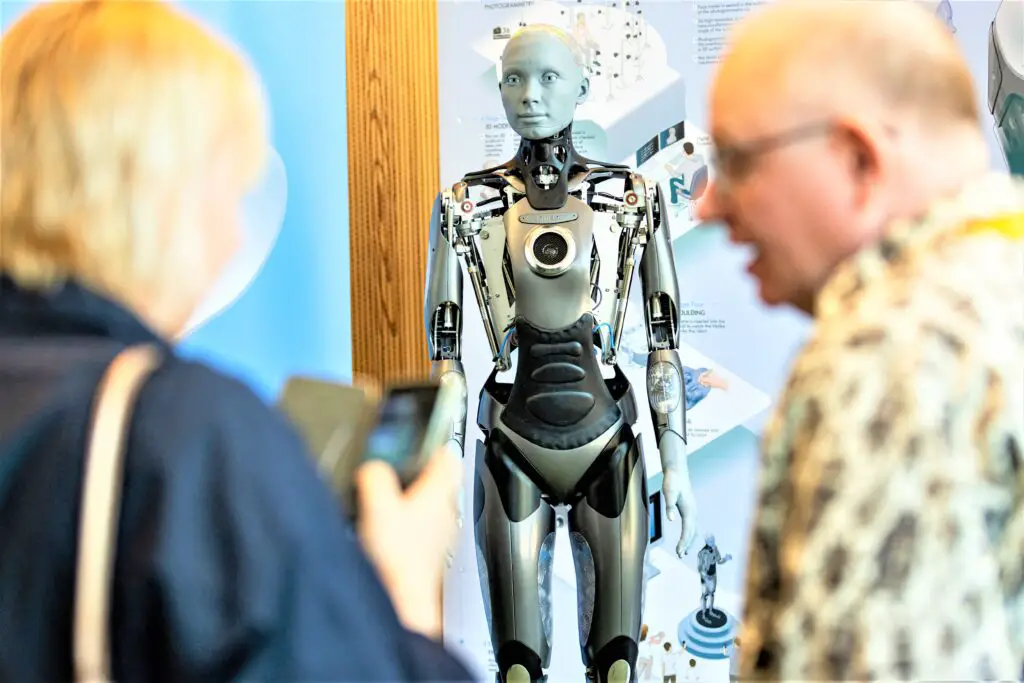10 Biggest Challenges Robotics Aspirants Should Be Aware Of
10 Biggest Challenges in Robotics-Kat Technical

10 Biggest Challenges: The realm of robotics has captivated the human imagination for decades, promising a future where machines can seamlessly interact with our world, perform complex tasks, and revolutionize industries. However, the road to achieving this vision is paved with formidable challenges that researchers, engineers, and innovators must conquer. In this article, we delve into the ten most significant challenges that the field of robotics faces today.

Artificial Intelligence and Learning:
At the heart of robotics lies the pursuit of creating machines capable of intelligent decision-making. The challenge is to develop algorithms that enable robots to learn from experiences, adapt to new situations, and make informed choices in dynamic and unpredictable environments. Achieving this level of artificial intelligence requires advances in machine learning, reinforcement learning, and cognitive computing.
Human-Robot Interaction:
As robots become more integrated into our lives, the need for seamless communication and collaboration between humans and machines becomes paramount. The challenge here is to design robots that can understand and respond to natural language, interpret human emotions, and navigate complex social interactions. Building empathetic and intuitive human-robot interfaces is essential for widespread acceptance and effective integration.
Safety and Ethics:
The advent of autonomous robots raises ethical dilemmas surrounding decision-making, accountability, and potential job displacement. Ensuring the safety of robots in various applications, particularly when operating alongside humans, requires robust fail-safe mechanisms and ethical guidelines. Striking a balance between technological advancement and responsible implementation is a critical challenge.
Dexterity and Manipulation:
Replicating human-like dexterity and manipulation capabilities in robots is a significant engineering challenge. Developing robotic hands and manipulators that can delicately handle objects, adjust grip strength, and perform intricate tasks like surgery or assembly in unstructured environments demands advancements in mechanical design, material science, and control algorithms.
Navigation and Perception:
Robots need the ability to accurately perceive and navigate their surroundings to operate effectively in real-world scenarios. Overcoming challenges related to sensor integration, simultaneous localization and mapping (SLAM), and obstacle avoidance is essential for robots to safely and autonomously navigate diverse environments, from manufacturing floors to disaster-stricken areas.
Power and Energy:
Sustainable and efficient power sources are crucial for extending robots’ operational time and reducing their environmental footprint. Research into innovative energy storage solutions, power-efficient actuators, and harvesting renewable energy sources is necessary to ensure robots can perform tasks for extended periods without constant recharging or refueling.
Autonomy and Decision-Making:
True autonomy entails robots making complex decisions in real time, adapting to unforeseen events, and seamlessly adjusting their actions without human intervention. Developing algorithms that strike a balance between pre-programmed behavior and real-time adaptation is a formidable challenge, requiring breakthroughs in artificial intelligence, machine learning, and decision theory.
Interoperability and Standardization:
In a world of diverse robotic systems, establishing common standards and interfaces is vital to enable seamless integration and collaboration between different robots and technologies. Overcoming this challenge can accelerate innovation by allowing components and software from various sources to work together cohesively, ultimately benefiting industries such as healthcare, logistics, and manufacturing.
Cost and Scalability:
The high costs associated with developing, manufacturing, and maintaining advanced robotic systems remain a significant barrier to widespread adoption. Addressing this challenge requires innovations in materials, manufacturing processes, and economies of scale to make robotics more accessible and affordable across diverse sectors.
Long-Term Reliability:
To make robots viable for long-term deployment in various applications, ensuring their reliability and durability is paramount. Overcoming wear and tear, environmental conditions, and component failures demands advancements in robust design, predictive maintenance, and self-healing technologies.
Conclusion:
The field of robotics stands at the precipice of transformative change, poised to reshape industries and revolutionize the way we interact with technology. Yet, the journey is riddled with complex challenges that require interdisciplinary collaboration, creative problem-solving, and technological breakthroughs. Overcoming these obstacles will pave the way for a future where robots seamlessly coexist with humans, enhancing productivity, improving quality of life, and pushing the boundaries of human achievement.
Frequently Asked Questions:
What is robotics?
Robotics is a multidisciplinary field that involves the design, creation, operation, and use of robots. Robots are machines or systems that can perform tasks autonomously or semi-autonomously, often mimicking human actions or functions.
What are the main types of robots?
Robots can be categorized into various types based on their design and purpose. Some common types include industrial robots used in manufacturing, service robots for tasks like cleaning and healthcare, mobile robots for navigation, and research robots for scientific exploration.
What is the role of AI in robotics?
Artificial Intelligence (AI) plays a crucial role in robotics by enabling machines to learn from data, adapt to new situations, and make intelligent decisions. AI techniques like machine learning and deep learning help robots perceive their environment, process information and improve their performance over time.
What are the challenges in creating humanoid robots?
Designing humanoid robots that closely resemble humans presents challenges in terms of balance, mobility, dexterity, and interaction. Achieving natural human-like movement and appearance while maintaining stability is a complex task.
How do robots perceive their environment?
Robots use various sensors such as cameras, lidar, ultrasonic sensors, and touch sensors to perceive their environment. These sensors provide data that the robot’s algorithms analyze to understand its surroundings and make informed decisions.
What is the Uncanny Valley in robotics?
The Uncanny Valley is a concept in robotics and AI where a humanoid robot’s appearance becomes almost human-like but still falls short, causing a feeling of eeriness or discomfort in humans. As robots become more lifelike, the emotional response from humans may shift from positive to negative before becoming positive again.
How do robots learn and improve their performance?
Robots learn through various methods, including supervised learning, where they are trained on labeled data, and reinforcement learning, where they learn by trial and error based on feedback from their actions. As robots accumulate experience, they can refine their behavior and decision-making.
What ethical considerations are associated with robotics?
Ethical concerns in robotics include issues related to job displacement, privacy, safety, and decision-making. Ensuring that robots are designed and deployed responsibly, with proper safeguards and guidelines, is a crucial consideration.
How do robots impact industries?
Robots have transformative potential in various industries. In manufacturing, they can improve efficiency and precision. In healthcare, they can assist in surgeries and patient care. In agriculture, they can automate tasks like harvesting. Their impact extends to logistics, exploration, entertainment, and more.
What is the future of robotics?
The future of robotics holds exciting possibilities, including advanced AI-driven robots, increased human-robot collaboration, and the integration of robots into everyday life. With ongoing technological advancements, robotics is poised to shape industries and enhance human capabilities in unprecedented ways.




